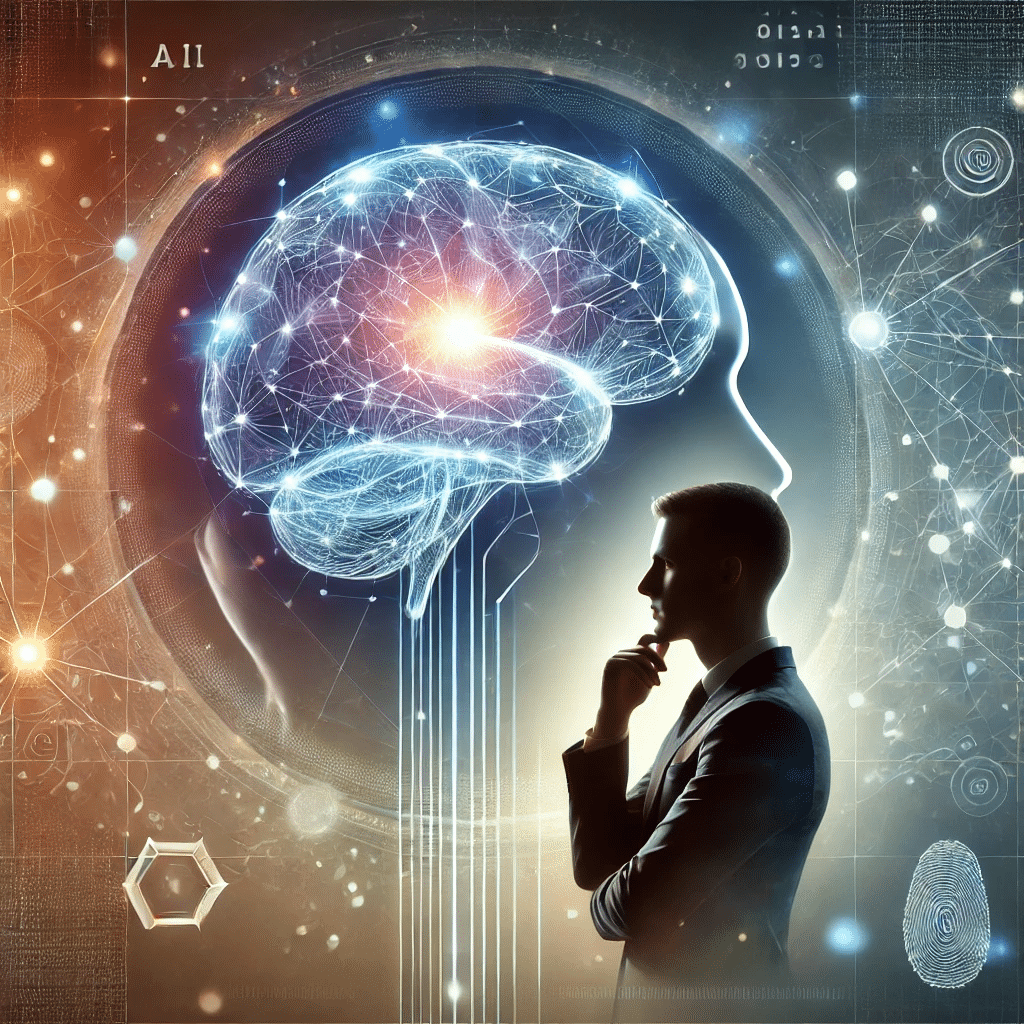In recent years, the intersection of artificial intelligence (AI) and human intuition has become a fascinating topic. While traditional AI focuses on data processing and decision-making through logic, an emerging area of research looks at the ways technology might replicate or even enhance intuitive thinking. Could AI ever be developed to understand situations as quickly, subtly, and instinctively as humans do?

This article explores the concept of intuition in AI, the role of intuition in human decision-making, and the impact of modern technology on how we develop and rely on our own intuitive skills.
Understanding Intuition: What AI Is Missing
Human intuition is often described as a “gut feeling”—an immediate sense or understanding that doesn’t come from deliberate reasoning. This type of thinking emerges from a combination of prior experience, subconscious knowledge, and the ability to synthesize complex patterns without detailed analysis.
Current AI systems are highly adept at pattern recognition, but they lack the nuanced, context-driven insights that characterize intuition. AI can analyze immense datasets, recognize trends, and even predict outcomes, yet it often struggles with ambiguous, rapidly changing environments. This distinction highlights a critical gap: human intuition relies on a lifetime of experiences and the context of a situation, which AI currently cannot replicate.
The Role of Intuition in Decision-Making
Intuition plays a vital role in human decision-making, especially in complex fields where data alone is insufficient—such as leadership, management, and mental health. In these areas, managers and leaders often make decisions based on an “intuitive hunch” rather than exhaustive analysis. This approach is particularly beneficial when time is of the essence or when situations demand empathy, creativity, or ethical considerations.
AI could be advantageous in offering quick and rational solutions to well-defined problems, but emulating intuition would mean developing AI that can operate effectively amid uncertainty and interpret nuanced social cues. If AI could achieve this level of intuitive processing, it would open up possibilities for improved decision-making support in leadership and mental health management.
Emulating Intuition: Advances in AI and Machine Learning
AI research is increasingly focused on simulating intuitive processes, particularly through advancements in machine learning and neural networks. Here are a few approaches:
1. Neural Networks and Pattern Recognition
Neural networks, inspired by the human brain’s structure, enable AI to detect complex patterns. Deep learning models are already utilized in industries like healthcare to recognize early signs of diseases, in finance to predict stock market trends, and in language processing to understand human emotion. Although these models do not “feel” intuition, they can mimic certain outcomes associated with it by recognizing intricate patterns beyond human capability.
2. Reinforcement Learning for Adaptation
In human intuition, learning through experience is key. Reinforcement learning, where AI learns by trial and error, is a step in this direction. Through reinforcement learning, AI can adapt to new environments and make informed guesses in uncertain situations, mimicking the way humans learn from feedback and adapt intuitively.
3. Explainable AI for Improved Trust and Transparency
Trust is a fundamental part of human intuition. Explainable AI (XAI) seeks to create transparency in AI decision-making, helping users understand how decisions are made. By making AI processes more understandable, XAI can help bridge the gap between analytical outputs and intuitive insights, potentially making AI a more trusted partner in intuitive decision-making scenarios.
The Impact of Technology on Human Intuition
Ironically, as technology advances, there’s growing concern that reliance on AI and data analytics might diminish our own intuitive abilities. Over-reliance on AI in decision-making may lead to a “de-skilling” effect, where humans begin to rely on technology at the expense of their own judgment. In business, for example, there are concerns that relying too heavily on algorithmic insights may stifle creativity and reduce leaders’ ability to navigate complex social dynamics.
It is crucial for managers, leaders, and professionals in various fields to maintain a balance, using AI as a tool to support their decisions without losing their natural intuition. This balance becomes especially important in roles where empathy, creativity, and ethical considerations are key—areas where human intuition currently remains irreplaceable.
Intuition and AI: A Complementary Future?
Although AI is far from replicating true human intuition, the two can work in tandem to complement each other. By leveraging AI’s data processing power and pairing it with human intuition, organizations and leaders can arrive at better decisions. In this future, AI provides valuable data insights and predictive power, while human intuition guides the ethical, creative, and empathetic aspects of decision-making.
Conclusion
While true intuition remains unique to human experience, AI technologies are beginning to mimic certain aspects of intuitive thinking, primarily through advanced pattern recognition and adaptive learning models. As AI continues to develop, it is crucial for individuals and organizations to use these tools wisely, allowing them to enhance rather than replace our own intuitive capabilities. By doing so, we can create a future where both AI and human insight come together to foster better leadership, mental health support, and decision-making. Check out our latest corresponding articles.
Exploring the ways AI can support rather than replace human intuition opens exciting new possibilities—allowing us to leverage the strengths of both while staying connected to our own innate wisdom (Harvard Business Review).

